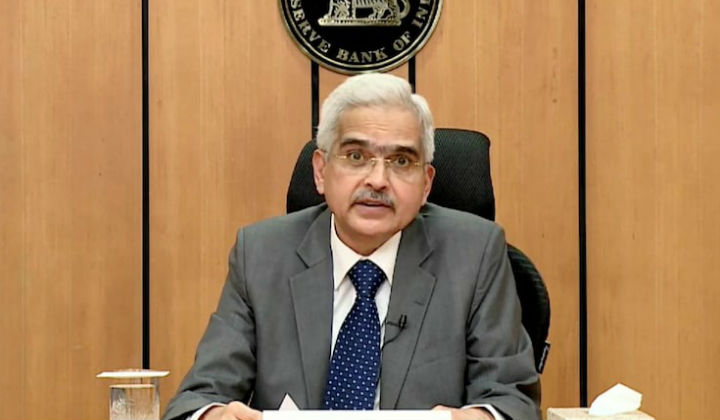RBI Monetary Policy Highlights: All you need to know

RBI Credit Policy Highlights: RBI Governor Shaktikanta Das announcements
1. RTGS system will soon be made 24×7. RBI proposed to reduce settlement and default risk in the system by facilitating settlement of AePS, IMPS, NETC, NFS, RuPay, UPI transactions on all days of the week.
2. The Reserve Bank of India (RBI) expects the Indian economy to contract at pace of 7.5% in FY21.
3. Repo rate left unchanged at 4 percent; status quo maintained for the third consecutive policy.
4. On Digital payments – to issue Reserve Bank of India (Digital Payment Security Controls) Directions for the regulated entities
5. CPI inflation rose sharply to 7.3 per cent in September and further to 7.6 per cent in October 2020. Outlook for inflation has turned adverse relative to expectations in the last two months. CPI inflation is projected at 6.8 per cent for Q3 2020-21, 5.8 per cent for Q4:2020-21 and 5.2 to 4.6 per cent in H1 2021-22.
6. RBI raised the limit of contactless card transactions to ₹5,000 per usage from the current ₹2,000, with effect from January 1.
7. Private investment is still slack and capacity utilisation has not fully recovered.
8. MPC voted unanimously to leave the policy repo rate unchanged at 4 per cent; Marginal Standing Facility (MSF) rate and the Bank rate remain unchanged at 4.25 per cent; The reverse repo rate stands unchanged at 3.35 per cent; Continues with the accommodative stance of monetary policy as long as necessary – at least through the current financial year and into the next year.
9. Regional Rural Banks to be allowed to access the LAF and MSF of the RBI; and also the Call/Notice money market. Commercial and co-operative banks to retain profits; not make any dividend pay-out from the profits for financial year 2019-20.
10. Exports are on an uneven recovery, the prospects have brighteneed with the progress on the vaccines.






